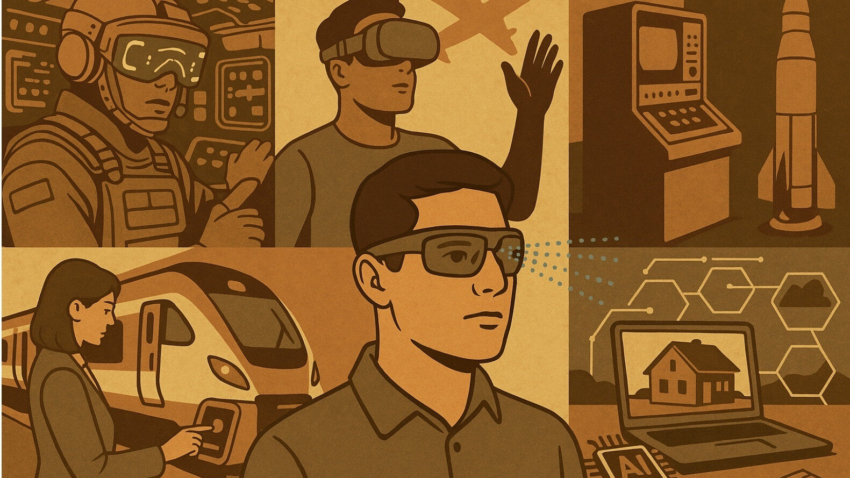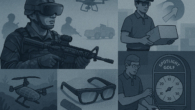
Simulation Weekly News
⊲ Last Week’s Sim News Summary ⊳ In the military, China is developing AR capabilities for tank and armoured vehicle crews, offering real-time 360° vision, overlaid data, and enabling gunners to aim weapons simply by looking at targets. This system significantly enhances battlefield awareness and reduces role-switching delays. The US Army is also leveraging XR for aerial intelligence training at Fort Bliss, in collaboration with Mass Virtual, to create a high-fidelity, immersive classroom that boosts training access and readiness by providing a 24/7 alternative to traditional flight access. Furthermore, a historical perspective was offered by the National Museum of the US Air Force, showcasing a Cold War-era Minuteman II missile procedures trainer, underscoring the long-standing importance of simulation for critical operations and nuclear weapons launch scenarios.
Beyond military applications, Transport for Wales became the first UK train operator to implement VR-based training for front-line staff, utilising simulations of new Class 197 trains to smooth the transition between theory and on-the-job learning for tasks like dispatching and incident response. Digital twins are making buildings smarter through the MD-DTT-BIM system, which combines digital twins, BIM, AI, and sensor networks to track real-time data such as energy use and air quality, leading to impressive gains like +97.6% operational efficiency and -95.3% energy use.
On the technology front, VoxelSensors and Qualcomm are collaborating to enhance XR battery life and accuracy with their SPAES depth sensing technology, promising 10x power savings and lower latency for lightweight augmented reality devices by detecting changes in light at each pixel. Additionally, a new AI model can convert single 2D photos into explorable 3D environments, analysing visual cues to reconstruct depth and perspective, streamlining 3D content creation for industries like gaming and real estate.
⊲ Image – DALL-E ⊳








